Coaxial cable 50 Ohm
Coaxial cables
Appointments
Coaxial cables are designed to transmit high-frequency signals with minimal loss.
A coaxial cable transmits a radio frequency signal using an inner conductor surrounded by a layer of insulator, which are placed together in a single-layer or multi-layer shield. The cable can be protected by an outer sheath.
The term "coaxial" means that the inner and outer conductors share a common geometric axis. Unlike shielded wires, coaxial cables and connectors maintain the exact, constant distance between conductors and their concentricity, which is necessary to ensure efficient functioning as a transmission line.
One of the advantages of coaxial over other types of radio signal transmission lines is that, ideally, the electromagnetic field exists only in the space between the inner and outer conductor. This makes it possible to reduce losses due to interaction with conductive objects surrounding the cable, which would otherwise take part of the transmitted power, thereby introducing losses. In addition, the structure of the coaxial allows to protect weak signals transmitted from external electromagnetic interference.
Coaxial cables can be used to connect the antenna to the radio station, connect the antenna to the receiver or transmitter of radio signals, for internal or interblock connections of high-frequency equipment, connect external sensors to measuring equipment, for the transmission of impulse control signals and in other types of connections. demanding signal characteristics.
Selection criteria
Wave resistance
One of the main parameters when choosing a type of coaxial cable is its wave resistance or impedance. For the most effective signal transmission from the source to the receiver, it is necessary that the impedances of all components be equal: the signal source, the transmission line (connectors, adapters, etc.) and the signal receiver. Such a transmission line will be consistent. In the absence of matching, reflections will inevitably occur at joints or points of impedance variation. Thus, part of the signal power will reach the receiver, while the other part will be reflected and returned to the transmitter. Reflections of the transmission line lead to loss of signal power (or level), and even the occurrence of echo signals, create interference. If the load is not matched to the transmitter, the reflected power can lead to overloading of the output stages of the power amplifier, which, in turn, will lead to a change in the operating mode, a violation of linearity, the appearance of out-of-band emissions and overheating, up to failure.
Most often, coaxial cables are manufactured with a wave resistance of 50 or 75 Ohms. 75-ohms are mainly used for transmitting video signals and in TV and radio broadcasting. Most other systems use 50 ohms.
Attenuation in the cable
Attenuation is the ratio of the signal power at the input to the power at the output of the cable. It characterizes the total electrical losses of the transmitted signal. Such losses mainly depend on the diameter of the wire, the properties of the dielectric material, the resistance of the conductors and the frequency of the transmitted signal.
Transmitted power
The design of the cable imposes a limit on the maximum power that can be transmitted. High-frequency high-power signals create high voltage levels between conductors and can cause an electrical breakdown of the cable dielectric. In addition, inevitable losses lead to the release of thermal energy. If such energy is received more than it is discharged to the external environment, the wire is heated. When it is overheated above the limit values, its physical destruction and even ignition may occur.
The larger the diameter of the coaxial cable and the less attenuation it has, the higher power such a cable can transmit.
Shielding effectiveness
The shielding efficiency characteristic is used to assess the ability of the coaxial to prevent the leakage of signal energy into the external environment or the penetration of external electromagnetic energy. To improve the shielding efficiency, double-shielded wires can be used braiding, foil and braid, soldered braid, and also corrugated cables.
Flexibility
More flexible cables have smaller minimum bend radii, and also allow multiple folding/unfolding. Flexibility is usually achieved by the use of stranded conductors, the use of screens of a special design, and the use of a solid dielectric. Increasing requirements for flexibility leads to the choice of a compromise solution between the requirements for electrical characteristics and its price.
operating temperature
The dielectric and the outer coaxial protective shell are usually made of polymer materials that limit the maximum operating temperature of the environment. Thus, cables made of polyethylene or polyvinyl chloride can be used for temperatures up to +80∞ C. The use of polymers such as PTFE or FEP allows the operating temperature to be raised to +200∞ C.
Fire resistance requirements
In some cases, for example, when laying wires inside rooms or closed spaces, additional requirements for fire resistance arise. These requirements include properties of the cable not to support and spread combustion (FR), low smoke generation (LS), not release halogens (ZH) and corrosive gases (NC) when exposed to flame and high temperatures.
Buy a 50 ohm coaxial cable (50 ohm cable), a 50 ohm cable for a walkie-talkie.
Frequently asked questions:
What are the prices for 50 Ohm coaxial cable in Ukraine?
Price range for Coaxial cable 50 Ohm from 16.90 UAH to 298 UAH
Is it possible to consult with you before buying?
Of course! We will provide you with qualified advice on the selection of antenna-feeder equipment, measuring equipment, radio control equipment and related products, and its installation. Celtek is a team of professionals with many years of experience who know and love their work.
Why choose products from the Cable Coaxial 50 Ohm group?
We guarantee the quality of our products - we carefully check each order before sending it. We also guarantee fast service - fast and reliable delivery of goods across Ukraine: Kyiv, Kharkiv, Dnipro, Odesa, Lviv and other cities!


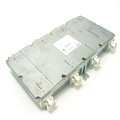
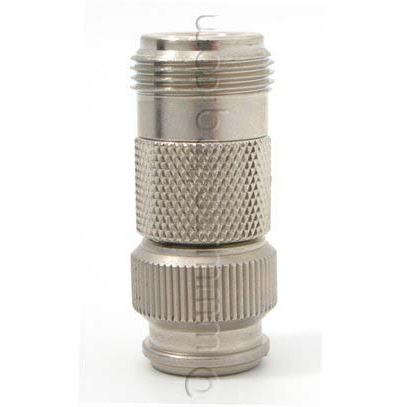
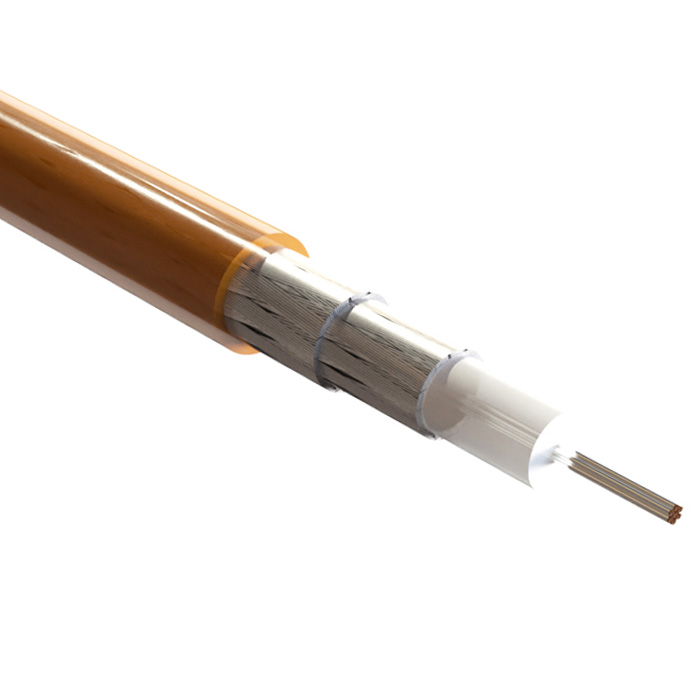
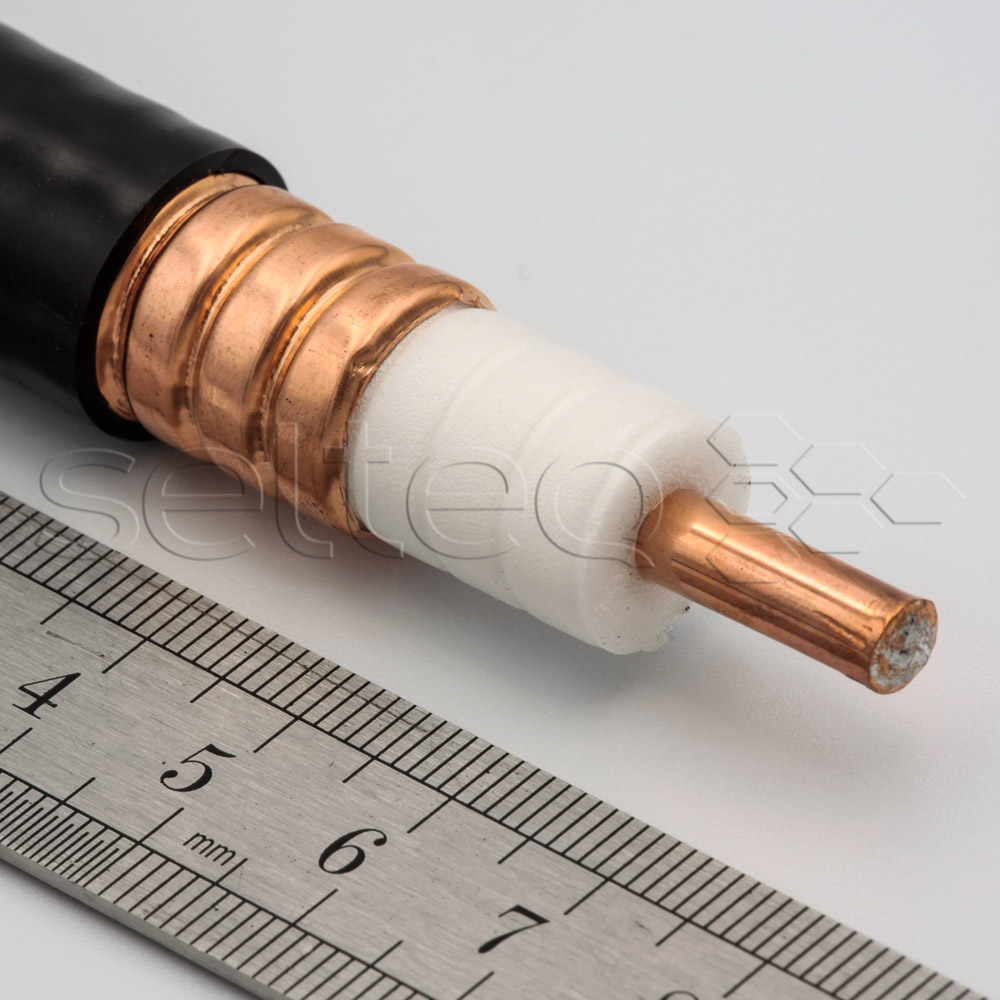
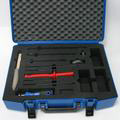
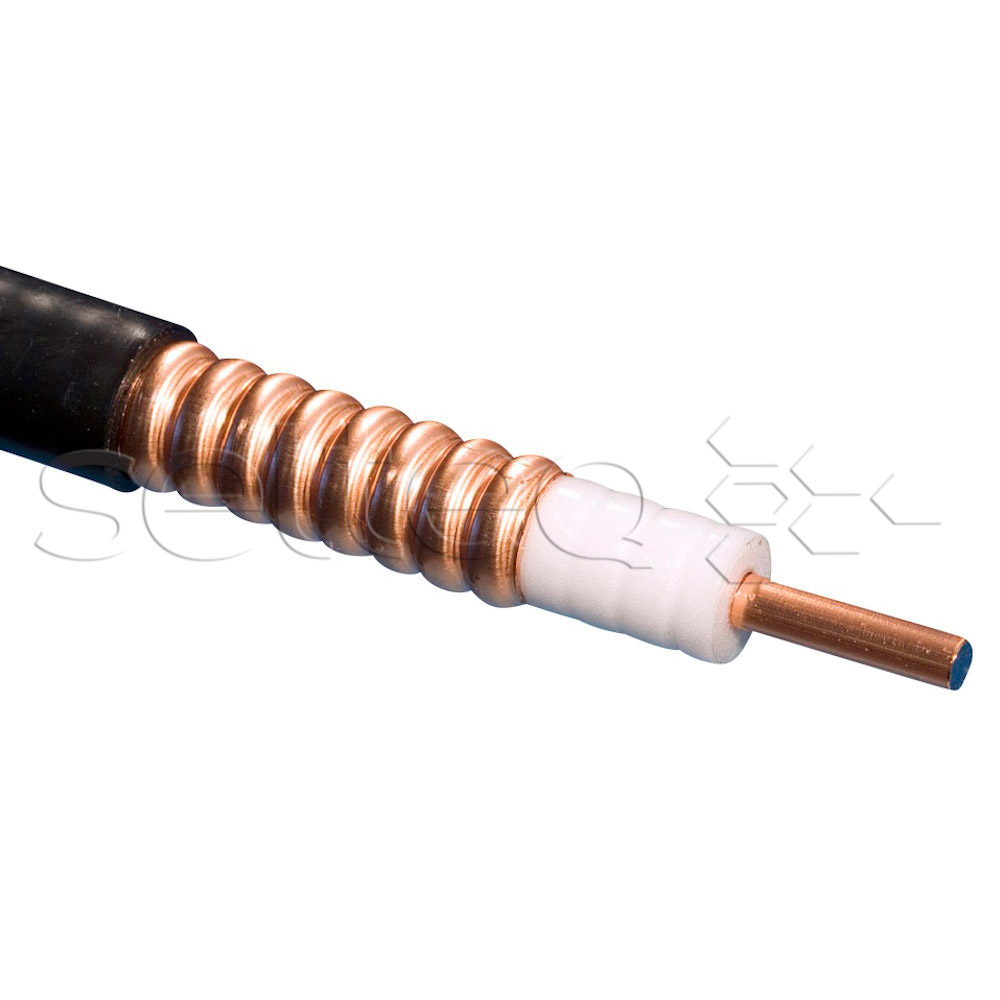
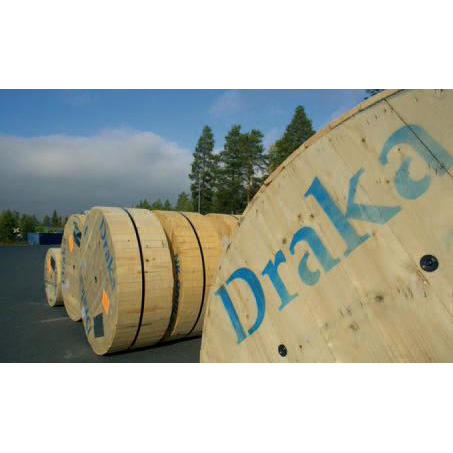
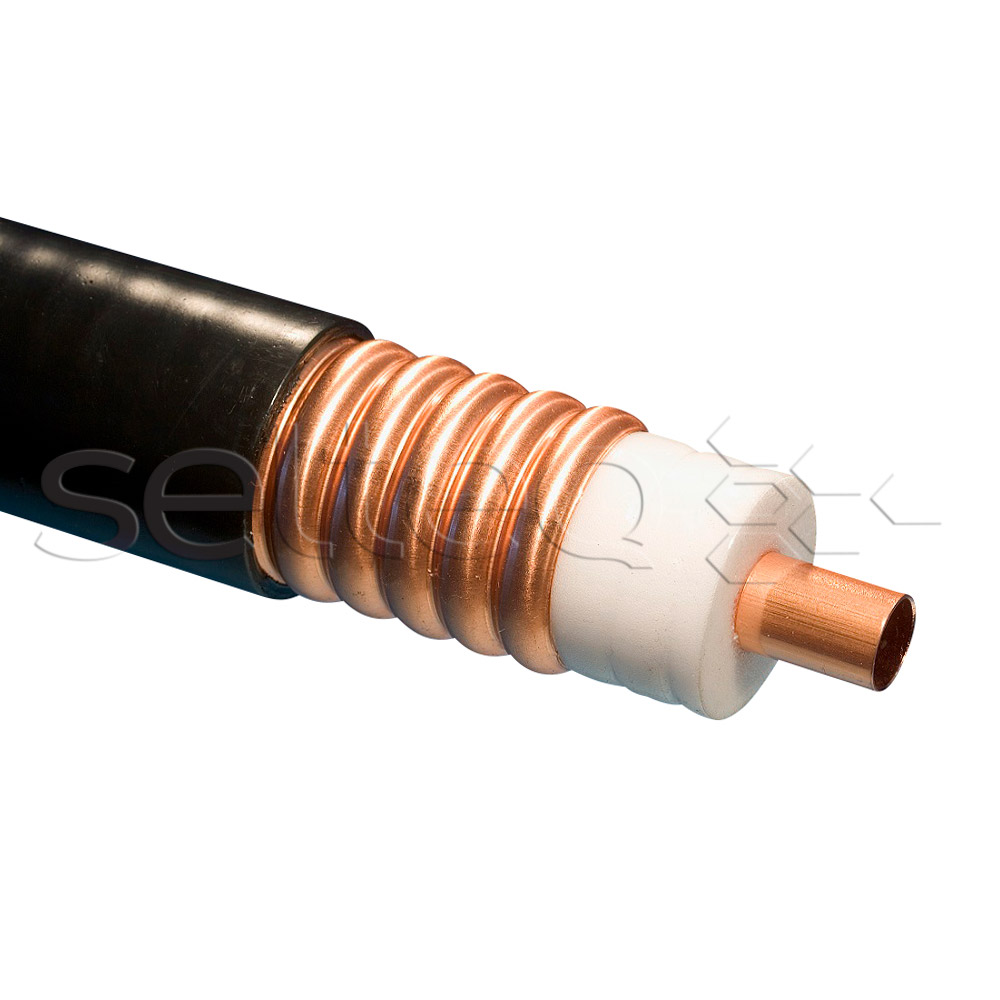
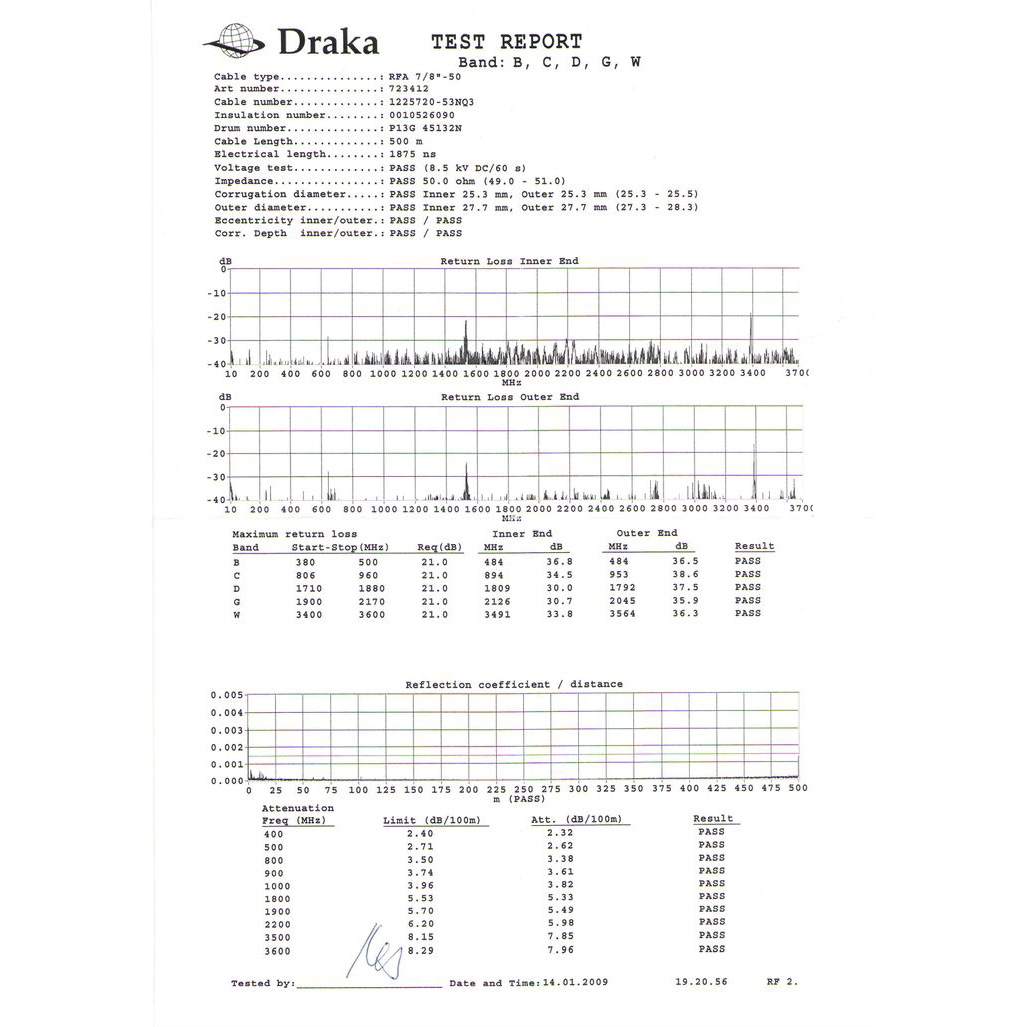
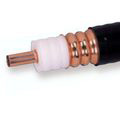
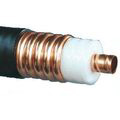
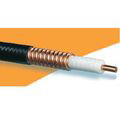
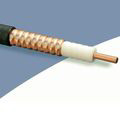

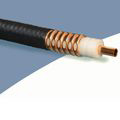
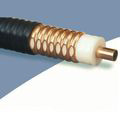
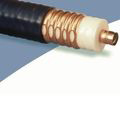

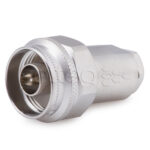 Rose N type
Rose N type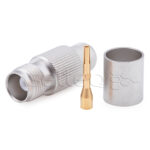 We connect to the TNC type
We connect to the TNC type
